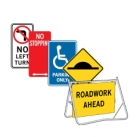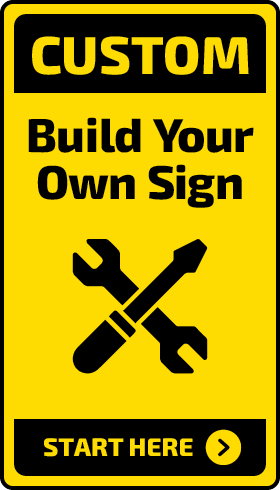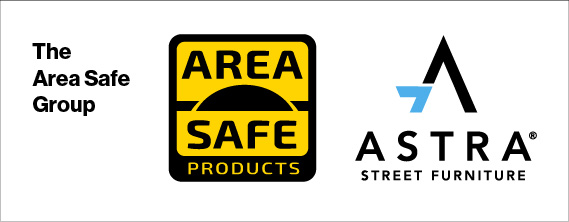The Costs of Unsafe Workplaces: Why Cutting Corners on Safety is Never Worth It
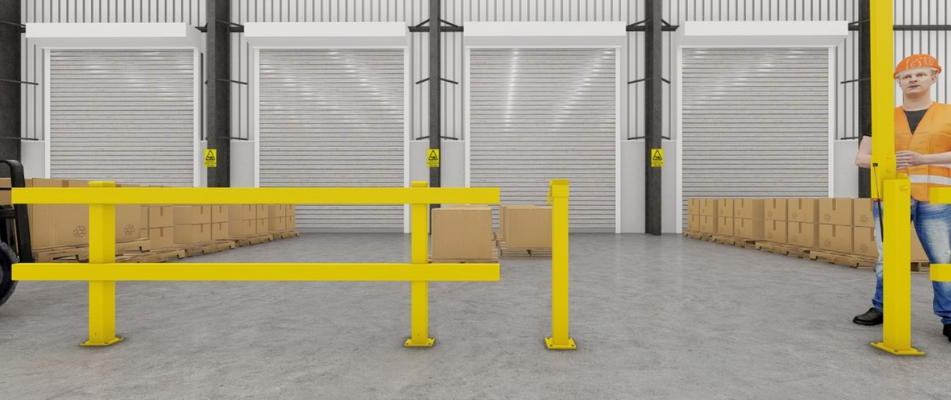
Workplace safety and health is an important issue that affects not only your workers but also the productivity and reputation of your business. In Australia, all employers have a legal and moral responsibility to provide a safe work environment for their employees. Failure to comply with safety standards can lead to serious consequences, including injuries, lawsuits, fines and reputational damage.
Accidents caused by a lack of, or poorly maintained safety equipment can have severe consequences in industrial workplaces, resulting in injuries or fatalities for workers and visitors. Equipment like safety rails and bollards are essential safety measures in warehouses, factories and other industrial environments to protect workers from falls, collisions and other hazards.
This article will outline some of the potential issues that may arise when workplace safety and health is not up to date.
Injuries and Accidents
One of the most immediate consequences of poor workplace safety is the risk of injuries and accidents. Workplace injuries can be caused by a range of factors, including poor equipment maintenance, lack of proper training, and failure to implement safety protocols. Injuries can range from minor cuts and bruises to more serious injuries, such as broken bones, burns, and head injuries. These injuries can result in lost work time, reduced productivity, and costly workers’ compensation claims. According to Safe Work Australia, in 2021, 169 workers lost their lives in Australia. The majority of these workers were machinery operators and drivers and labourers.
Lost Productivity
Poor workplace safety can also lead to lost productivity. When workers are injured or become ill due to unsafe working conditions, they may need to take time off work to recover. This can result in lost work time, reduced productivity, and increased costs for the business. In addition, when workers are concerned about their safety, they may be less motivated and engaged in their work, which can also lead to decreased productivity.
Increased Costs
Workplace accidents and injuries can have significant financial costs for businesses, including direct costs such as medical expenses and compensation payments, as well as indirect costs such as lost productivity and decreased morale.
Direct costs associated with workplace accidents and injuries include medical expenses, workers' compensation payments and legal fees. These costs can add up quickly and can be significant, particularly for serious injuries or accidents. For example, in 2022 the Australian Institute of Health & Safetyfound that work-related injuries and illnesses cost $28.6 billion annually.
Indirect costs can also be significant and include lost productivity due to time off work, decreased morale, and increased absenteeism. Workplace accidents and injuries can also damage the reputation of the business, leading to decreased customer loyalty and revenue. These indirect costs can be difficult to quantify, but they can add up quickly and have a significant impact on the bottom line.
Legal Consequences
Australian workplaces have legal obligations to ensure the safety of their workers under the Work Health and Safety (WHS) laws. Neglecting safety in the workplace can result in legal implications for the business and its management including fines, legal action, and damage to the business's reputation.
Under the WHS laws, businesses have a duty of care to provide a safe working environment and ensure that workers and visitors are not exposed to hazards that could cause harm. This duty extends to ensuring that appropriate safety measures, including safety rails, bollards and other safety equipment are in place to prevent accidents and injuries. To avoid legal implications and promote a safe workplace, businesses must prioritise safety and ensure that appropriate safety measures are in place.
Business Reputation
Prioritising safety in the workplace not only avoids negative legal and financial consequences but also has positive effects on the overall reputation of the business. Companies that prioritise safety can build a positive reputation among employees, customers, and the public.
Employees are more likely to feel valued and respected when safety is a top priority, leading to increased job satisfaction, morale, and loyalty. A safe workplace also reduces the risk of accidents and injuries, resulting in fewer lost workdays and workers' compensation claims. Employees are more likely to remain loyal to a business that prioritises their safety and well-being, reducing employee turnover rates and associated costs.
Customers also tend to have a positive view of businesses that prioritise safety. A business that demonstrates a commitment to safety is viewed as more trustworthy and reliable. Customers are more likely to support and recommend a business that prioritises safety, leading to increased customer loyalty and revenue.
A positive reputation for safety can also improve a business's public image. Businesses that prioritise safety are seen as responsible corporate citizens and can enhance their reputation in the community. This can lead to improved relationships with local authorities, regulatory bodies, and other stakeholders.
What kind of safety culture do you want in your business?
A lack of safety culture can be a significant issue in industrial warehouses, where workers are often exposed to potential hazards such as heavy machinery, forklifts, and hazardous materials. If workers and management do not prioritise safety, accidents and injuries are more likely to occur.
Building a strong safety culture is essential to creating a safe and productive workplace. A safety culture involves creating an environment where safety is valued and prioritised at all levels of the organisation. This includes providing regular safety training and communication on safety issues, promoting open communication between workers and management about safety concerns, and encouraging workers to report safety hazards and incidents.
Regular safety training can help workers understand the risks and hazards in their workplace and how to prevent accidents and injuries. Training can also teach workers how to properly use safety equipment and procedures, such as wearing personal protective equipment (PPE), using safety guards on machinery, and following safe operating procedures for forklifts and other equipment.
Open communication between workers and management is also essential to building a strong safety culture. Workers should feel comfortable reporting safety hazards and incidents to management, without fear of retaliation or negative consequences. Management should also be responsive to safety concerns raised by workers and take appropriate action to address them.
Conclusion
Workplace safety is an essential component of any successful business. Employers who fail to provide a safe work environment for their employees can face serious consequences, including injuries, legal action, reputational damage, lost productivity, and increased costs. By investing in workplace safety, businesses can not only meet their legal and moral obligations but also improve their productivity, reputation, and bottom line.
If you’re looking to invest in your business and your team by updating your safety equipment, our team at Area Safe is ready to help. Get in touch with us today online or on 1300 889 821 to find out more.
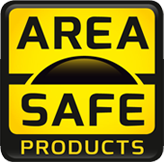
 Speed of Service
Speed of Service Easy Systems
Easy Systems Product Designs & Developers
Product Designs & Developers Car Park Protection
Car Park Protection 



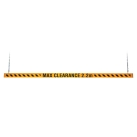






 Industrial Safety
Industrial Safety
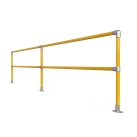




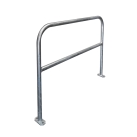





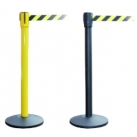

 Urban Furniture
Urban Furniture





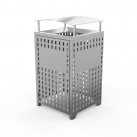








 Pedestrian Barriers
Pedestrian Barriers




 Matting, Ramps & Tactiles
Matting, Ramps & Tactiles





 Signage & Safety
Signage & Safety 
